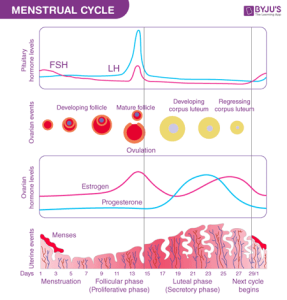The “morning after pill” or “emergency contraception” is something most women are at least familiar with. It sounds great because it’s just for emergencies. It’s your back-up plan. Its fast, safe, and easy. It’s contraception, not abortion.
But is all that really true?
Let’s do a little medical digging to learn the truth (after all, this is your body – you should have all of the facts before putting something into it).
First, there are several over-the-counter versions of the morning-after pill. Plan B, My Way, My Choice, E-Contra are just a few of them. They are all comprised of the same hormone. They are all recommended to be taken within 72 hours and only for women under 155lbs.
The brand Ella is in a different category. It requires a prescription from the doctor. It’s not a hormone and can be taken up to 5 days after unprotected sex and works for women up to 195lbs.
How does it work?
The medication in any of these “morning after pills” works very similar to the drug in the abortion pill. It can block or delay ovulation, but, most importantly, it changes the lining of the uterus to prevent a fertilized egg from implanting. According to Dr. Donna Harrison, a board member of AAPLOG, in an interview with OneNewsNow.com, “In a woman who is already pregnant, [Plan B] will cause an abortion, just like RU-486 does, because it’s the same kind of drug.”
Is it safe?
Side effects include nausea, vomiting, cramping, tiredness, and dizziness. It can also cause changes in your period such as spotting or bleeding before a period. Even the Plan B website recommends not using it as a form of birth control. It also does not protect against HIV or any sexual transmitted diseases.
Is it really contraception?
By definition, contraception is the intentional prevention of conception (sperm fertilizing the egg). Because Plan B works after unprotected sex for up to 72 hours (or 5 days with Ella), there is no good way to know if your egg is fertilized yet or not. And since it works to change the lining of your uterus to prevent implantation, this would indicate that the egg is already fertilized by the time the Plan B kicks in.
Still unsure?
You may still have questions. That’s normal. So, your best alternative is to talk to a licensed, practicing nurse in an environment that allows them to take their time and answer all of your questions thoroughly.
As it turns out, that is exactly what you can receive here. There is typically no waiting for an appointment – we can usually see you the same day, or the next day at the latest. And the best part is that a visit with us is always completely free of charge!
Get the facts before you make any decisions. You deserve to know!

 (Image courtesy of
(Image courtesy of